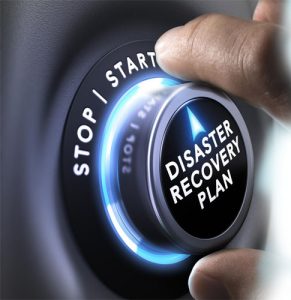I wrote an article a year or so back around the importance of offsite backup (see here). The past 2 months in New Zealand have been rather interesting with both the physical and digital worlds working in tandem to cripple business infrastructure. Cyclones Pam and Debbie wrought havoc to infrastructure with high winds and flooding (granted they were fantastic for South Island farmers), and the NSA tool leaks have created a very threatening Malware hurricane that is constantly mutating into more dastardly variants. Time for a smarter DR?
When I speak publicly at events I usually ask for a show of hands for who has a backup, verifies it, tests it, sends it offsite, etc. It really drives home the importance of knowing that in the event of disaster, you can actually recover. ShadowProtect is a fantastic solution set in it’s own right, especially when implemented with additional freebies from StorageCraft. I’ve put together some of my top tips for issues that are scarily common in the wild.
- USB drives fail. Rotating USB therefore will typically be flawed. Backing up a device to itself is also a bad idea. Dedicate an old desktop or proper network attached storage as the first backup location instead for best practice.
- Continuous incremental backup is best. Install StorageCraft ImageManager (it’s free) and set your consolidation and retention settings for your backup chain. ImageManager can also be automated to spin up a backup in Virtualbox, screenshot the login screen and email it to you daily for recoverability peace of mind.
- Verify and check the backups! If you can’t recover when mission critical systems die, what is the point of having the backup in the first place? Making sure the chain is intact and the latest incremental can talk back to the full is absolutely necessary to recovering in the case of a disaster.
- Use an RMM tool to monitor backup status as a bare minimum. Install StorageCraft ShadowControl (Also free) for intelligent reporting on backups as a best measure.
- Version 4 installations everywhere! ShadowProtect SPX exists and version 5 is now pretty old as well. SPX has a fresh look, a new engine, capability to restore a chain directly to a hypervisor, bugfixes and all new functionality added in future will be added to SPX.
- Get the data offsite! Hardware fails, backup storage can fail as well. Ransomware is notorious for looking for backup files to encrypt. Yes, this has already happened in NZ multiple times and offsite backup is the best method for proactive/smarter DR.
Have you come across any of these the in the wild? Drop our SOS team a line to talk through effective disaster recovery (smarter DR) with StorageCraft!

